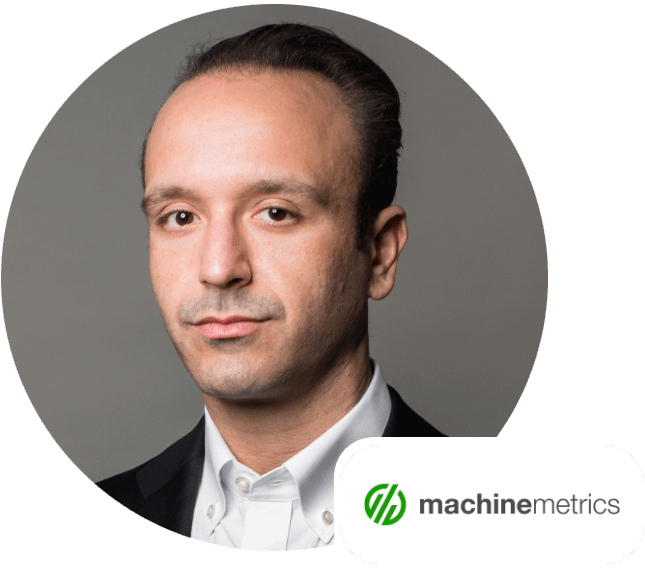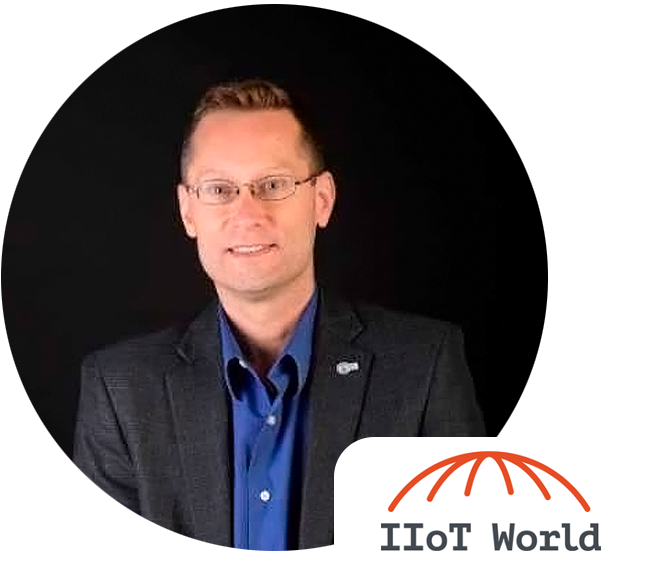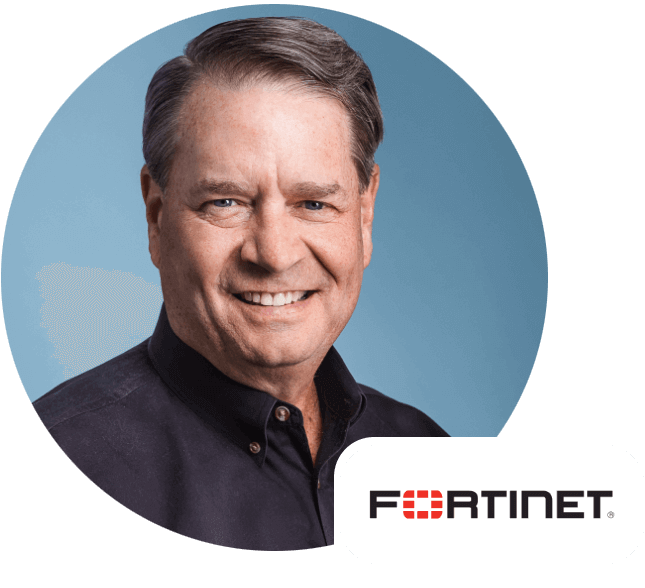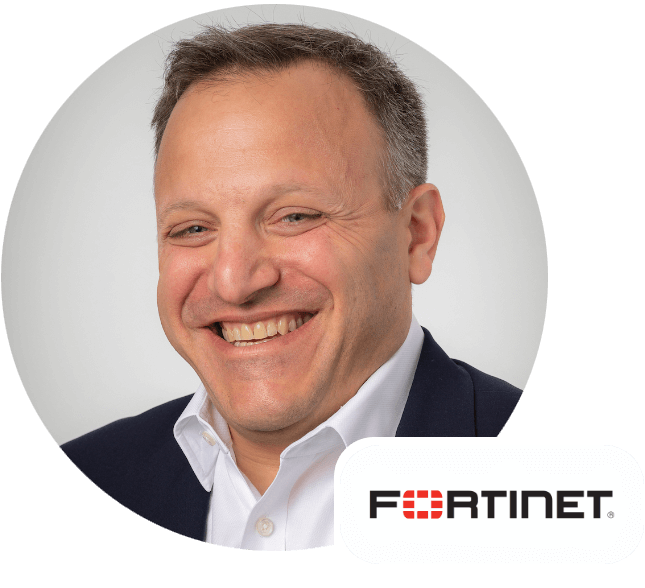The Death of MES: A New Vision For The Factory Software Stack
Manufacturers have reached the conclusion that all-encompassing, horizontal platforms cannot deliver on all their promises. A broad, largely organizational tool cannot achieve the depth and complexity necessary to generate true performance advantages. Instead, individual, easy-to-deploy components connected by APIs enable specific improvements in manageable stages. Out-of-the-box value harvesting capability is a key characteristic of these best-of-breed components. These vertical platforms then become the foundation of a manufacturer’s tech stack and ecosystem as a whole.
During this panel, we’ll discuss the problems with the standard approach to building manufacturing operations systems, and paint a vision for a solution landscape based on the following principles:
- Machines should drive people and systems, not the other way around.
- A world of choice, where manufacturers are free to build a technology stack with the tools that they need, not just the one their ERP suite has chosen for them.
- A world of flexibility, where data can be used across every department to exceed customer expectations, not just in operations, accounting and planning.
- A world of opportunity, where every manufacturer can have the technology and ability to be customer-first.
Keynote Speech: Finding Success in the Next Normal
Before the Pandemic, we understood the drivers of competitive advantage and we knew how to use the levers available to us as manufacturing leaders to manage our operations, our supply chains, and our investments in technologies. But what will it take to be successful in the Next Normal? What will be the lingering impacts of this disruption and how are these impacts reshaping manufacturing? This presentation draws on insights from Intel’s studies with over 500 participants, with special emphasis on our 3-part study of a group of 100 manufacturers over the past 18 months.
Making the transition to the smart factory: Areas for consideration
IIoT technologies are driving the manufacturing industry to modernize its software infrastructure to create smart factories. A key motivation in this push to modernize is that real-time data and dynamic decision-making yield meaningful performance improvements for businesses.
Current manufacturing infrastructure is costly to maintain, creates barriers to data distribution, integrates poorly with other systems, and blocks companies from capitalizing on the advantages that digitalization creates. Successful transition to a smart factory will require digital technologies that can integrate outdated existing systems with modern new systems.
In this panel, our speakers will talk about the business drivers for modernization, challenges of adopting new technology and how to overcome these, architecture patterns for modernizing software infrastructure and recommendations for linking the different levels of automation in a factory with MQTT-based messaging infrastructure.
Also, our panelists will discuss how IT/OT technology areas have been converging over the last few decades and how it has been changing the workforce skills needed to support manufacturers implementing Smart Manufacturing methodologies to remain competitive in today’s highly digitally connected manufacturing ecosystem.
IT/OT Convergence – Benefits & Challenges in Manufacturing
Find answers to questions like:
- Why aren’t more manufacturers finding success with data analytics projects?
- What are the steps to getting data into the hands of the workforce so that they can make decisions and act?
- What are the roadblocks data decision making in manufacturing?
AR on the Manufacturing Floor
The use of augmented reality (AR) in industrial applications is growing by leaps and bounds and has become tantamount in Industry 4.0 concepts. In fact, 28 percent of those surveyed in a recent PwC study reported that they have implemented, piloted, or planned to implement AR and/or virtual reality (VR) technology. As AR becomes more widely used, a number of applications are being identified and becoming more relevant for equipment that lives on the manufacturing floor. During this interactive conversation, John Burton, CEO of UrsaLeo will talk about how AR has evolved and is being used on the floor for remote and enhanced collaboration including picture in picture video. He’ll also showcase 3D models and demonstrate how AR helps move beyond 3D for solid object interfaces and also display unique advanced visualizations that can showcase things like fluid flow inside pieces of equipment.
How Artificial Intelligence and Machine Learning is transforming manufacturing
With the digital transformation of industry, more and more data are being generated. Artificial Intelligence (AI) and Machine Learning enable engineers and data scientists to structure, analyze and evaluate the enormous volume of data. The application scenarios range across the lifecycle: Smart recommendations, generative design, anomaly detection, and preventive maintenance optimize the way and pace with which products are designed and produced.
To make use of industrial-grade AI applications in a reliable and value-adding way, they must interact seamlessly with software and automation and the corresponding IT infrastructure. Therefore, collaboration and open ecosystems are crucial to leveraging the great potential of these technologies.
Manufacturing companies need a digital transformation to secure their competitiveness, enable modern work 4.0 and gain future viability. How this can be achieved? Find out in this panel.
Protecting Critical Endpoints in Manufacturing
Endpoints are frequently the target of initial compromise or cyberattack. It can take just minutes, if not seconds, to compromise the endpoints putting industrial environments as risk. One recent study found that 30% of breaches involved malware being installed on endpoints. Operational Technology (OT) endpoints are particularly vulnerable given the mix of legacy and modern technology powering manufacturing environments.
Listen in as our panel discusses consideration for:
- Eliminating alert fatigue and optimize operations with customizable, standardized incident response processes.
- Ensuring business continuity in the event of a security incident, keeping systems online.
- Reducing the cost of legacy EDR solutions enabling response and remediation without negatively impacting business.
Industrial IoT Startups Transforming Factory Floors
In 2021, the number of identified active IoT startups has grown to over 1,200, according to IoT Analytics’ latest report on the topic. In addition, investments in IoT startups are back to pre-COVID-19 levels after funding decreased substantially in Q2 and Q3 of 2020. The most common offering of IoT startups is IoT software (offered by 77% of startups), followed by IoT hardware (45%), IoT connectivity (17%), and IoT services (14%).
Our goal is to bring IIoT startups to show how they transform the manufacturing sector using the most innovative digital technologies.
In this session, the CEO of the Retrocausal, will talk about Metaverse for Manufacturing.
As the Executive Director of manufacturing innovation center mHUB’s IIoT accelerator,
Thierry Van Landegem will provide a case study that explores how a global provider of industrial electrical and network infrastructure is working with startups to find novel solutions that advance its own internal innovation / R&D and implementation.
Current and Emerging Cyber Threats to Manufacturing
The cyber security threat landscape faced by industrial and manufacturing sectors deteriorated significantly in the past year. New ransomware and supply chain attack capabilities have resulted in high-impact crises like the Colonial Pipelines and the JBS Foods incidents. Besides the bad publicity created by these events, they have also placed manufacturing companies in the center of another very undesirable bullseye, namely the awareness by cybercriminals who now see how profitable attacking manufacturing systems really can be.
This panel will discuss how manufacturing companies must respond if they want to avoid becoming the next front-page hacking story. We’ll explore new technologies and tools needed for a successful defense against these emerging threats. We’ll also look at the changing regulatory environment for IT/OT cyber security and how companies can create a manageable and cost-effective strategy to safeguard both their critical systems and their reputation.
The Way Forward: A Practical Guide to Achieving IT/OT Convergence
Modern enterprises are faced with pressures for accelerated digitalization while effectively using data from and across their systems. Attend this session to watch a live demo led by industry experts and see how IT/OT data systems can be seamlessly integrated for optimized efficiencies. This session will offer the unique opportunity to learn from real use cases and best practices that enable data-driven decision-making and enhance value chains.









































